Jessica Lee Gagné Is a Scientist of Cinematography

- Oops!Something went wrong.Please try again later.
- Oops!Something went wrong.Please try again later.
- Oops!Something went wrong.Please try again later.
Jessica Lee Gagné had shot Ben Stiller’s narrative TV directorial debut, “Escape at Dannemora,” in 2017, but when Stiller told her about his next project, she had a hard time getting on board. The focal point of Apple TV+’s critically acclaimed series “Severance” is an office — a big square room with white walls, beaming fluorescent lights tucked into a low ceiling, four desks at the center, and a green carpet. Outside that is a labyrinth of stark white hallways even brighter than inside the office. Gagné couldn’t think of anything worse as a director of photography.
“There were no windows,” she said. “I can’t not have a window. But ‘Severance’ is probably a good lesson that you can really make [something] what you want it to be.”
More from IndieWire
Gagné is a meticulous DP. She hates failure, loves testing, and despite the difficulty it takes to stand up to those in the industry with more years of experience, has learned to trust her visual instincts for the story she’s been hired to film even when others question them. You could say something similar for the characters in “Severance.” Sure, each character’s motivations are different, but their attention to detail and their gut instincts are what pull them through.
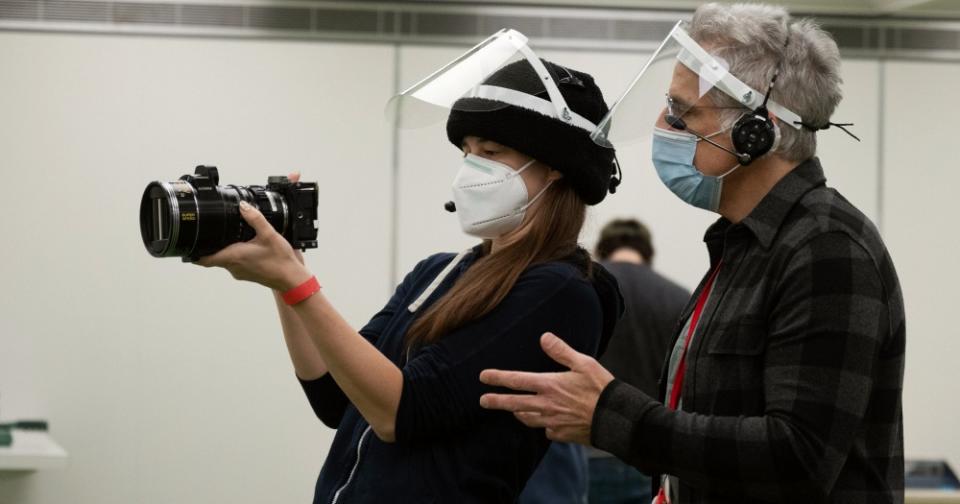
Stiller and Gagné’s conversations about “Severance” began while they were shooting “Escape,” but Gagné was still hesitant, despite the duo’s already close collaboration and admiration of each other.
“[Jessica] is not thinking about it as a job,” Stiller said, “she’s thinking about it as her art and an expression of who she is and what she does. And that’s one and the same. She’s a tough audience and she needs to be sold on things. She’s picky about what she thinks is good. And once she does engage with something, she puts everything into it. That’s what I really love about working with her. She’s just so committed.”
Though Stiller and Gagné have only done two TV series together over the last four years, Gagné describes theirs as a long-standing working relationship. Especially in television, directors and DPs don’t generally have that many combined logged hours when it comes to actual material shot. But as sole director and DP on seven episodes of “Escape” and six of nine episodes of “Severance,” they’ve amassed a sizable volume of work as a duo. Gagné has learned how Stiller needs to establish visual guidelines, but with an eye toward breaking them on set. Stiller has come to trust, if not rely upon, the cinematographer’s meticulousness in finding just the right textures. It’s a process that begins long before the first slate clap.
In video below, watch Gagné and Stiller break down their collaboration on “Severance.”
More than a year before production started, Gagné was rummaging around in search of inspiration for how to approach “Severance.” At a New York City book fair, she found Swedish photographer Lars Tunbjörk’s “Office,” a 2001 photo book depicting late-20th-century Swedish, American, and Japanese office spaces in all their glorious drabness. Lee Friedlander’s “Cray at Chippewa Falls” featured closely framed shots of office workers and was also a crucial point of visual reference, along with Lewis Baltz’s “Sites of Technology” and “New Topographics,” which “Severance” channeled for its interior frames and lighting and exterior architecture, respectively. Lynne Cohen’s “No Man’s Land,” “Occupied Territory,” and “Camouflage” inspired production design’s interiors and corporate lighting.
Having a robust set of references has always been Gagné’s way of creating a visual dialogue to get everyone on the same page, literally and figuratively. Perhaps it stems from being surrounded by an actual library of films in her family’s Quebec City video store. Gagné grew up alphabetizing VHS tapes during school breaks; on outings to the movie theater, she’d see American blockbusters with her father and receive an introduction to European cinema from her mother. She unwittingly amassed all her family’s cameras and began shooting 35mm stills, shuttling to Costco every weekend to get the film developed. By the time she was in high school, she was the unofficial school photographer, always with a camera strapped around her neck. And when she learned what a cinematographer was after arriving at Concordia University in Montreal, she studied photography and film and immediately began to work on shorts and independent features, including Cannes Film Festival selection ”Sarah Prefers to Run” and the thriller ”Sweet Virginia.” The latter caught Stiller’s attention.
“I just thought [“Sweet Virginia”] had such a mood to it,” he said. “There was a style about it that felt very measured, but also organic to the story. It was a very dark movie, [but] there was texture to it and contrast. I thought it was really evocative.”
From that, Stiller and the then 29-year-old Gagné — who’d yet to shoot anything in the U.S. — began to discuss “Escape.” They looked at photography and movies that evoked the feeling that Stiller wanted to go for: Even though it wasn’t a period piece, he wanted it to feel like a period piece. They moved into shooting tests and building a vocabulary together.
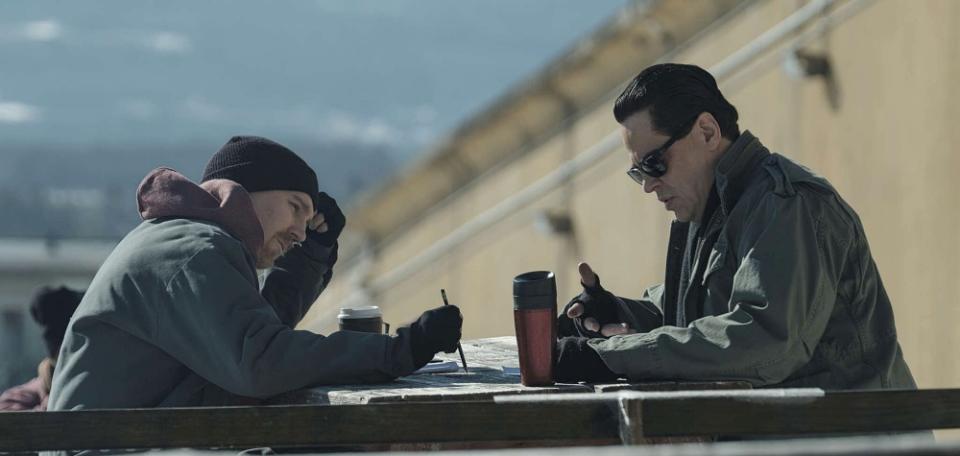
“Tests are very important for Jessica,” says Stiller. “She does R&D like she’s a scientist.”
It’s true: Gagné admits she loves practicing ad nauseam. Making sure she and her director, she and her crew, she and every department head really get each other is vital to her process. She enlists her gaffers in what she calls “lighting workouts” which happen during prep. She’ll have them light a random scene without actors just to flex those muscles and see how they work together.
“Gaffers are usually a new relationship for me [on each project], so I need to create that trust and bond and explain my process,” Gagné said. “I still struggle to do that. I’m embracing my process, but because I didn’t work for any other cinematographers and I never really saw anyone else do it, I doubted my process for a long time. It’s been a challenge in the past to step up and be like, ‘This is what I want.’ You get people who will doubt you because they have much more experience than you, and they’ll say, ‘No. You should do it like this or like that.’ And then you do it the way they want it, and it’s totally not what you wanted.”
On her second big U.S. series, FX’s “Mrs. America,” there was a moment when she had to step off the diving board without knowing how deep the water would be. The show had two distinct looks for the two distinct groups depicted in the series — the feminists and the anti-feminists — and she created two distinct palettes for those worlds. Though she wondered if splitting one series into two aesthetics would work, Gagné, as usual, relished in trying to prove to herself and everyone else that two sets of lenses and two lighting and movement philosophies can, in fact, be seamless.
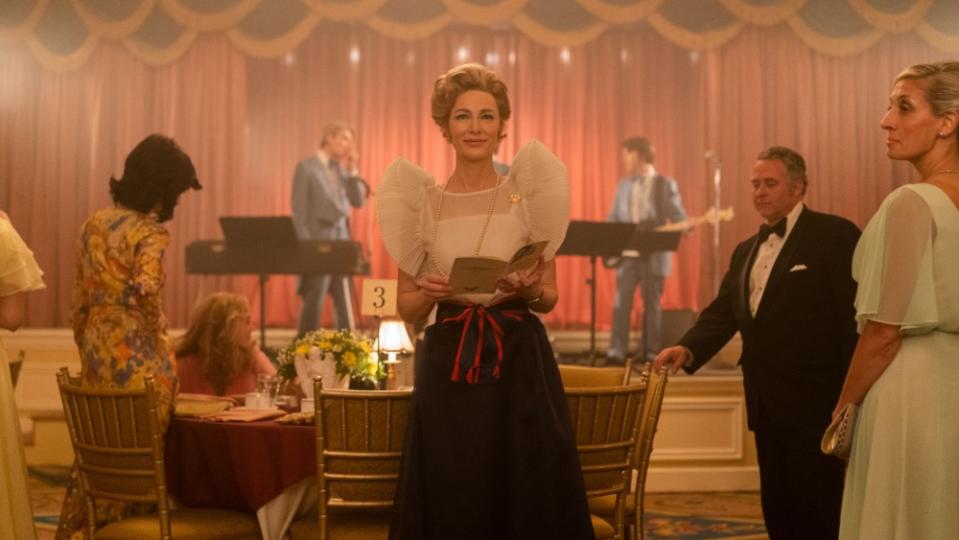
For the feminists, Gagné used a lot of zooms á la the Maysles brothers or D.A. Pennebaker, utilizing a warmer color palette and letting the camera do the work as groups of women from disparate backgrounds talked together. For the anti-feminists, there was a much more rigid look. Gagné used “Revolutionary Road” and “Carol” as references with longer lensing and less camera movement, contained framing and controlled lighting.
Gagné would again tackle dual worlds with “Severance” — a story of four office workers (played by Adam Scott, Britt Lower, John Turturro, and Zach Cherry) who’ve voluntarily undergone a surgical procedure to split their consciousness into two, demarcating a self between work and the rest of their lives.
For both the “innie” and an “outtie” worlds (in the parlance of the show), the camera had to have a sense of observing its characters. It was a tale of two vibes — being further away in the outside world creates more suspense and being close on the inside lends itself more to paranoia.
Watch the video below to see how Gagné used a dolly zoom (aka a “zolly”) to depict the moments when the worlds of “Severance” merge.
“The outside world was longer lens,” explains Gagné. “A studio kind of aesthetic, a little more traditional — that ’70s-style lensing with zooms and tracking on the Panavision C series. On the inside, we were very remote, robotic, reflecting this computer-controlled surveillance kind of style, but still hyper-stylized. Ben and I are both really into aesthetic images, so it’d be hard for us to try and make something that was [not visually pleasing].”
Over the course of these two incredibly different but incredibly special shows together, Gagné has grown in ways she understands is a shift in her career and her perception as a DP in the U.S. Even when someone like Stiller brings her a stark white fluorescent office space, Gagné knows to rely on her gut.
“You can be lucky and make one great show and then afterward it can be extremely challenging to keep up the importance or quality of your work,” she says. “Great opportunities are rare in this industry. I feel so lucky to have landed ‘Escape’ and ‘Mrs. America,’ however, seeing how successful Severance has been, I now trust myself more as a DP with a strong voice.” —Valentina Valentini
VIEW MORE INFLUENCERS PROFILES
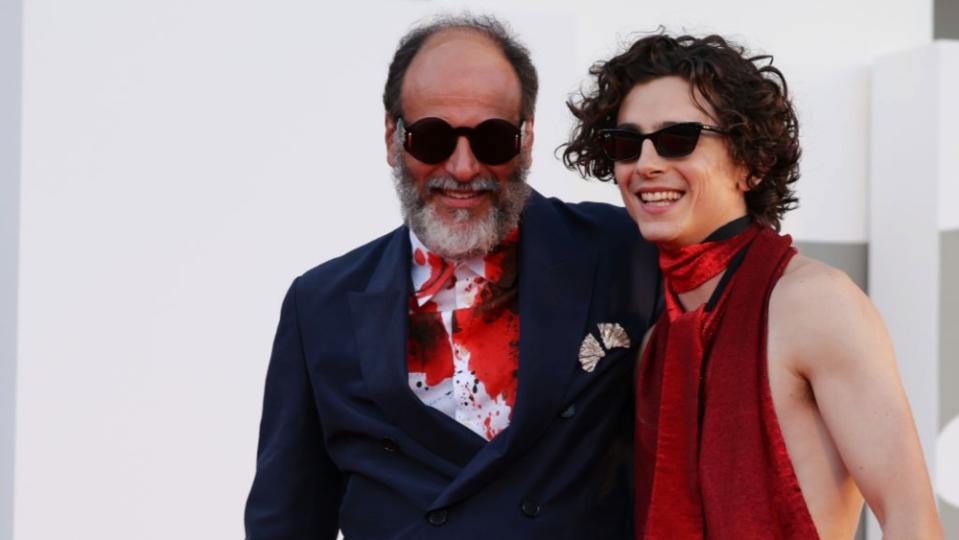
Luca Guadagnino & Timothée Chalamet
With “Bones and All,” the director and star of “Call Me by Your Name” continue to give each other the space to be bolder, darker, and more vulnerable.
December 1, 2022 12:08 pm

Nicholas Britell & Cellist Caitlin Sullivan
“She Said” and “Succession” composer Britell says he knows he’s on the right track when Sullivan pokes her head into the couple’s home studio.
By Erik Adams
November 18, 2022 2:17 pm
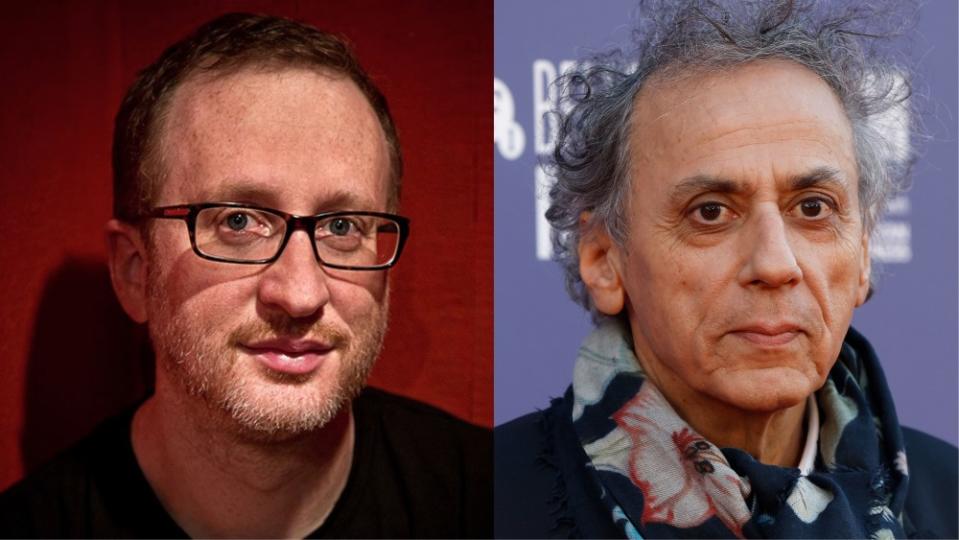
James Gray & Cinematographer Darius Khondji
What’s the collaborative process behind “The Immigrant,” “Armageddon Time,” and “The Lost City of Z”? “No conversation. Just sharing paintings.”
November 10, 2022 11:00 am
Best of IndieWire
Where to Watch This Week's New Movies, from 'The Creator' to 'Fair Play'
The Best Thrillers Streaming on Netflix in October, from 'Fair Play' to 'Emily the Criminal'
Sign up for Indiewire's Newsletter. For the latest news, follow us on Facebook, Twitter, and Instagram.

